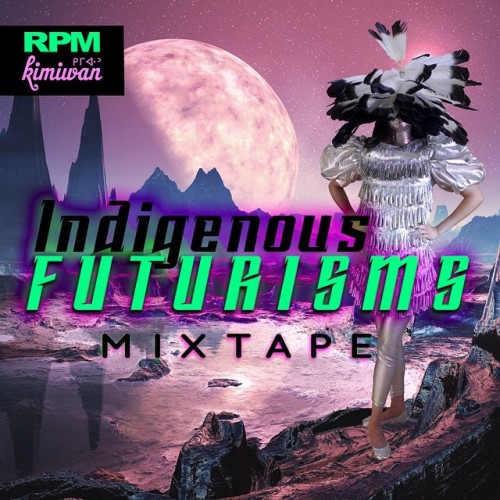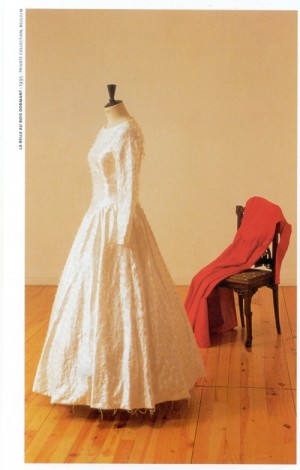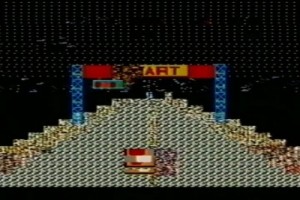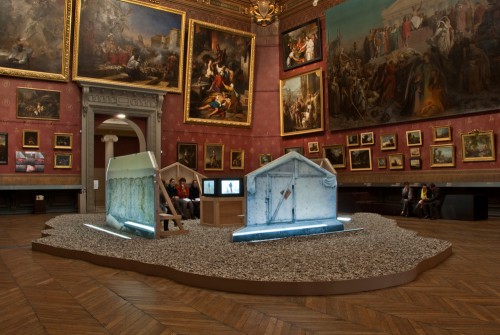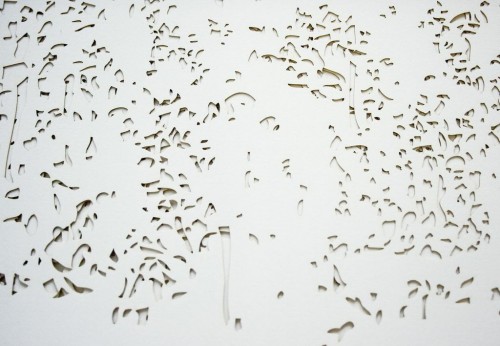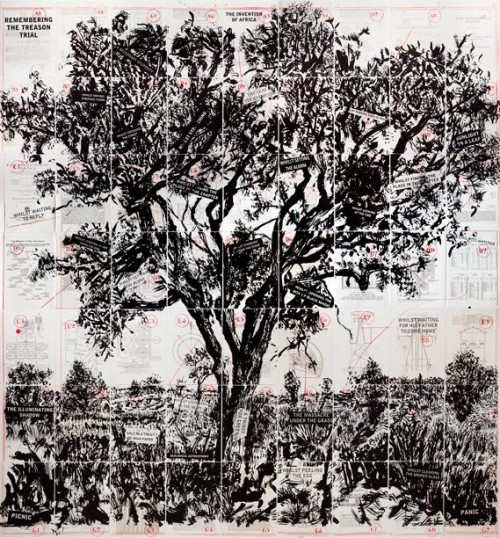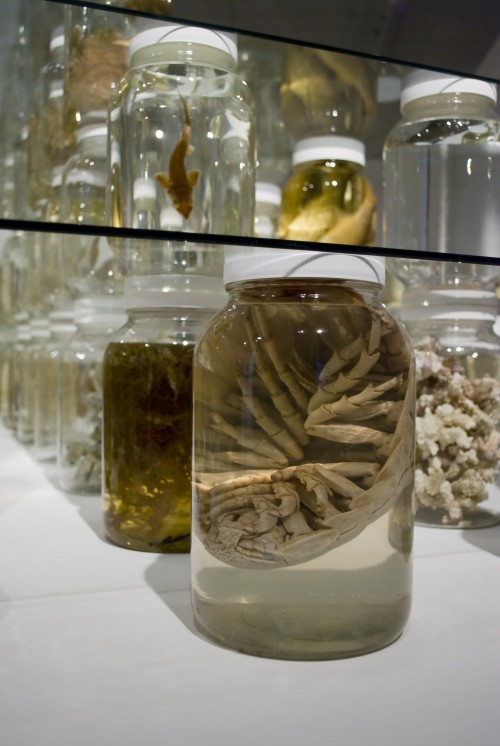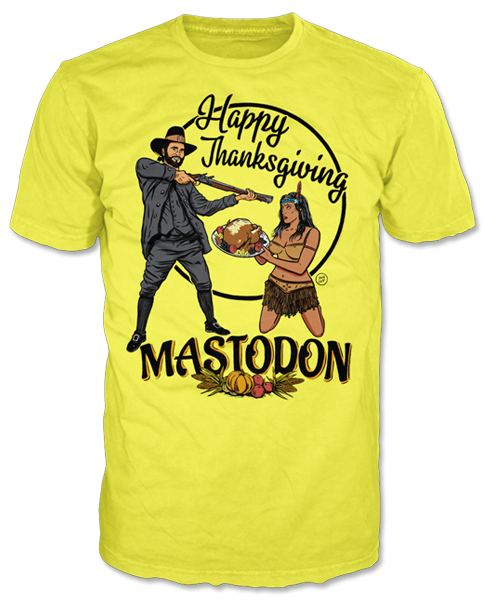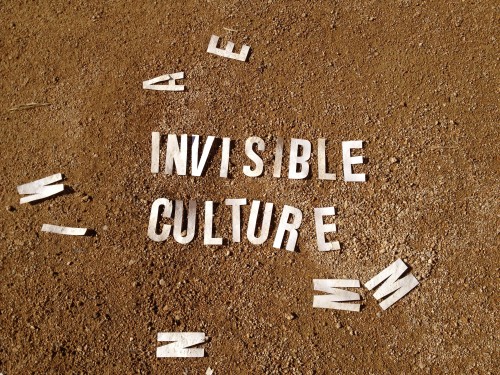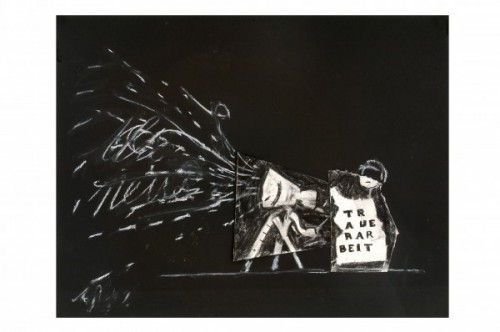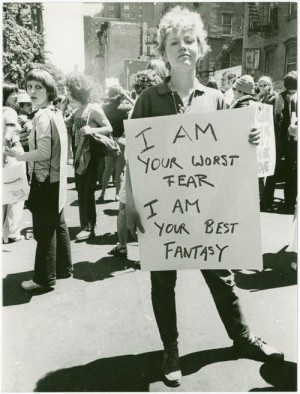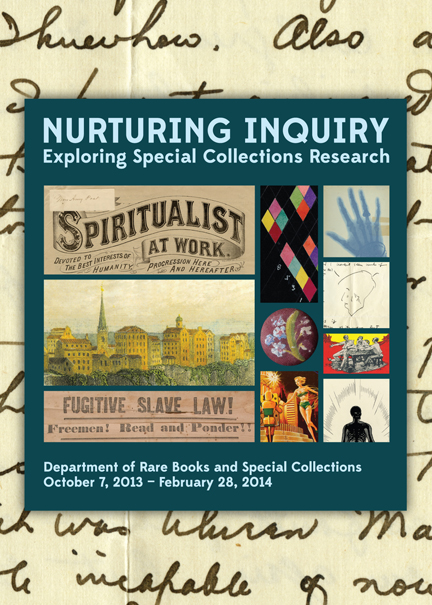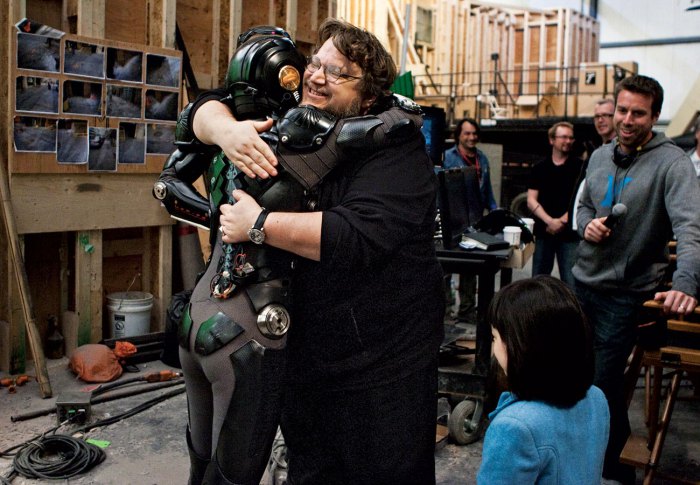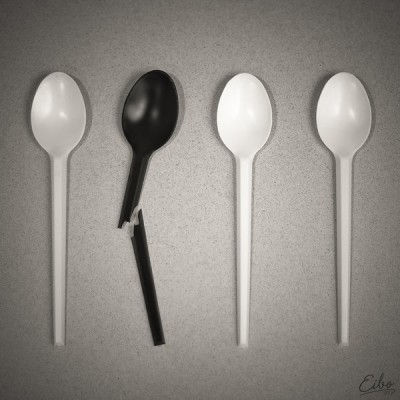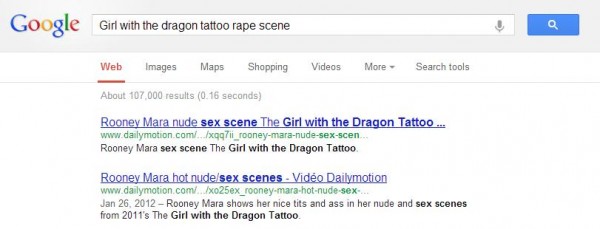Right now al-Mutanabbi street starts somewhere on a small street in Gaza, and in Damascus, on a small street in Beijing, a small street in Tehran. It starts in Baghdad, Beirut, and Cairo, it starts in Dublin, Calgary, Halifax, London, Exeter, and Bristol, and here in San Francisco, Santa Fe, Boston, Los Angeles, Omaha, New York City, Washington D.C.,Cambridge, Mass. or Detroit, Michigan. It starts at the Rochester Central Library, and at Goddard College in Vermont. It starts wherever someone gathers their thoughts to write towards the truth, or where someone sits down and opens a book to read. Wherever the free exchange of ideas is suppressed or attacked, wherever writers and artists are silenced, or risk their lives to speak the truth through their work, there will be a place for them on al-Mutanabbi Street. – Beau Beausoleil, July 2014 In March 2007, a suicide bomber exploded his car in Al-Mutanabbi Street in Baghdad, Iraq, killing thirty people and injuring more than a hundred. The street, named after Abu at-Tayyib Al-Mutanabbi, a renowned classical …

